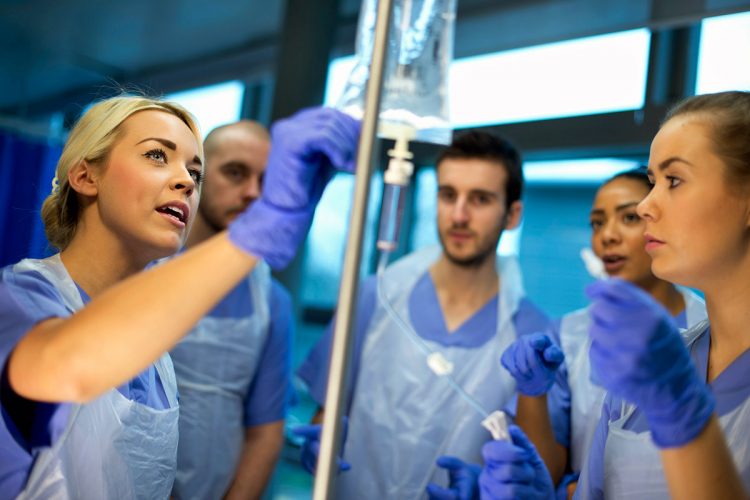En español Creating a safety culture is essential for improving patient care and healthcare staff satisfaction. It allows facilities to function smoothly and keeps everyone in them – both staff and patients – out of harm’s way. Everyone in a healthcare facility has a role to play when it comes to maintaining a safety culture. …

Translating Safety into Practice: Sharps Safety Example
En español In the last blog, we talked about investing in healthcare worker safety has proven long-term benefits, and how organisations can start investing in their worker’s safety. In this blog, we take a deeper look at translating safety into practice, using sharps safety as an example. Healthcare is a complex system, and implementing sharps …

How To Invest in Healthcare Worker (HCW) Safety
En español Tight healthcare budgets have forced facilities and organizations to focus on cost-avoidance when relating safety in the workplace. It is often difficult to calculate the definitive value of investing in worker safety. However, there are proven benefits in investing in a long-term staff safety program,1 including: Reduction in workplace incident risk and exposure …

Podiatrists and Scalpel Cuts – Understanding the Risks and How to Prevent Them
Podiatrists use scalpels every day during patient care. They are one of the most frequent users of scalpel blades in any profession. Because of this, removing scalpel blades without the right tool increases their risks of a sharps cut(1). Scalpel cuts can cause: Severed digital nerve and/or tendon Psychological distress and/or trauma Delayed procedures and …

How Sharps and Needlestick Injuries Affect Medical Students
Sharps and needlestick injuries are a serious occupational health risk for those in the healthcare industry. This is especially true for medical students who still lack the clinical experience and expertise needed to properly handle and care for sharps. In addition to medical students, students studying biology and other sciences that use scalpels are at …

Celebrating World Health Organisation’s Year of Nurses and Midwives
Nurses and Midwives play an extremely important role in healthcare. Renowned for working tirelessly and in high pressure situations, nurses have devoted their lives to others’ wellbeing. They are often the first point of contact for sick and injured people and in some cases are the only healthcare providers. Even with such an important role, …


